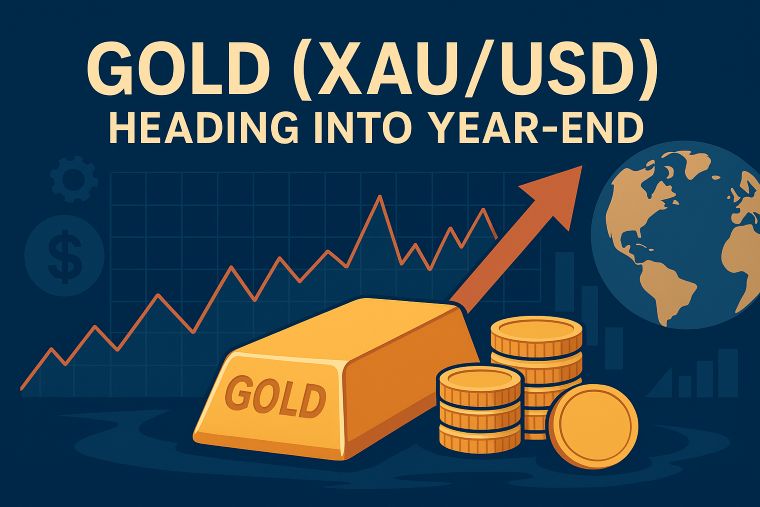2 min to read
European currencies displayed a subdued performance
with both the Euro and the Pound exhibiting signs of weakness.

“In the London market, European currencies displayed a subdued performance, with both the Euro and the Pound exhibiting signs of weakness”
The UK’s monthly GDP for October, revealed in the early hours of London, fell lower than anticipated at -0.3% month-on-month. This triggered a widespread reaction of Pound selling, creating a ripple effect that resulted in a decline in the Euro. Moreover, Eurozone industrial production for October also turned out more negative than expected. Consequently, the Pound-to-Dollar pair descended from the upper 1.25 range to around 1.2510, while the Euro-to-Dollar encountered resistance in breaking above 1.08 and retreated to around 1.0773. Cross-yen pairs faced hurdles too, with Euro-to-Yen pulling back to the mid-157 range after reaching approximately 157.50. Pound-to-Yen, having briefly surged to around 183.15, retraced to around 182.30. Pound selling dominated in the Euro-to-Pound pair.
In the broader market, European stocks generally sustained modest gains, likely influenced by weak economic indicators that raised expectations of an early rate cut by central banks. The Dollar-Yen pair traded around the mid-145 range, initially rising to about 145.99 during the early London hours but later retracing to the 145.60 range amid the decline of the Euro and the Pound against the Yen. During a personnel change press conference, Prime Minister Kishida mentioned financial policy changes and expressed expectations of appropriate judgments from the Bank of Japan, considering the government’s efforts. Overall, trading remained within the previous day’s range as market participants awaited the upcoming Federal Open Market Committee (FOMC) meeting.
The Dollar-Yen pair sustained trading in the mid-145 range, commencing from around 145.18 in the Tokyo morning and witnessing prevailing buying afterward. It reached approximately 145.99 during the early London hours, approaching the key 146 level. However, with London entering the picture, it retraced to the 145.60 range amid declines in Euro-Yen and Pound-Yen. Prime Minister Kishida’s statements on financial policies and the government’s initiatives did not trigger a significant market reaction.
The Euro-to-Dollar pair traded around the upper 1.07 range, initially rising from the Tokyo morning lows near 1.0800 but consistently facing selling pressure afterward. Throughout the London hours, it experienced further selling, extending the low to the 1.0770 range. Nevertheless, the slight decrease in U.S. bond yields suggested an adjustment-led Dollar strength. The Euro’s decline was attributed to the weaker-than-expected Eurozone industrial production. Euro-to-Yen faced some resistance, reaching around 157.48 in the Dollar-Yen uptrend but later retracing alongside Pound-Yen, settling near 157.00. Euro buying prevailed against the Pound.
The Pound-to-Dollar pair traded in the upper 1.25 range, rising from around 1.2571 in the Tokyo morning to later drop to around 1.2510 during the London hours. The weak October UK GDP data released during the London early hours prompted Pound selling. Pound-Yen showed consolidation around the upper 183 range in the Tokyo morning, briefly rising to around 183.15 before facing selling pressure and dropping to around 182.25. Euro-to-Pound saw buying, ranging from around 0.8590 to 0.8615, with Pound selling gaining momentum amid consecutive days of weak UK indicators.
Visit XM Official Website.

